This week, nearly 50 coaches, scouts and football staffers for the Tampa Bay Buccaneers will head to the NFL Scouting Combine, as the National Football League as a whole descends on Indianapolis. A group of five industry insiders has been preparing for their arrival, as well as a full week's worth of head-to-toe scouting of 300 potential draftees, since… well, essentially since last year's Combine wrapped up.
Jeff Foster heads up that crew of five, all of whom have day jobs with the National Football Scouting Inc., one of two independent scouting services (along with BLESTO) utilized by NFL teams. The Combine is such a complex event, with so many moving parts and so much generated information that can be critical to both teams and players, that organizing it is practically a full-time commitment.
"I don't know if we ever really stop working on it, but we start in earnest with some of our main partners in the city – like IU Health and the stadium and the Crowne Plaza – we start with those groups typically in October," said Foster. "From October through the Combine things are pretty much full-time. In the other parts of the year we're working on improving pieces that we do. We have opportunities to visit with clubs and we survey players to try to determine what has worked well and what we can do differently. Really from June until September is where we're working on just minor tweaks."
The stakes are high. Every NFL team purports to build through the draft, and draft picks who contribute, particularly in their cost-controlled years, are the league's most important asset. Draft misses, particularly in the early rounds, can set a team back for years and force it to search for high-priced alternatives in free agency. Building roster depth in a sport with a significant rate of injuries is a never-ending process central to a team's success. The Combine isn't the entirety of a team's scouting efforts – not even close – but it is the single biggest event in the lead-up to the draft.
Foster and his people make sure that teams and players are able to get the most out of this critical week in Indy.
"We handle all of the logistics, A to Z," he said. "That includes all of the venue acquisition, all security, all player travel, player meals, player lodging, data collection, quality control of the data, data delivery. We pretty much handle all of it. As the Combine has evolved, the NFL and many of their departments have become more involved in many aspects, whether it's the media or sponsorship development, or some of the events that go on in and around the Combine. They're more involved in all that, but we still have oversight of those."
Indeed, the Combine – also known as the National Invitation Camp – has become yet another tentpole event in the NFL's year-long domination of the nation's sporting consciousness. It is no longer just an insular gathering of talent evaluators – though it is still that – but a made-for-TV spectacle and, increasingly, a destination for hard-core football fans.
Foster, who started with NFS 13 years ago and is now involved in the running of his 13th Combine, has seen the event grow steadily, attracting more and more media and fans.
"Nothing surprises me when the NFL's involved, that's for sure," he said. "But when I came onboard I certainly didn't foresee the growth of the event of this nature. The NFL Network wasn't even existence then, and that's been a big part of it. There has been a lot of growth in that short period of time.
It wasn't always this way. As the NFL has grown, so has the importance of accurate scouting, particularly in medical terms. Teams first started bringing prospects to their headquarters in the 1970s, and as more and more did so the travel burden became difficult on the young players. NFS, which is not surprisingly based in Indianapolis, conducted the first joint invitational camp in 1982, coincidentally in Tampa. That one serviced 16 NFL teams and about half as many players as are currently invited to the Combine. By 1985, two other scouting agencies and all 28 teams were involved. By 1987, the Combine was in Indianapolis, where it has remained ever since.
Foster became involved in 2006 when he joined NFS. He immediately wanted to know if there was a way to improve the collection and distribution of the event's purpose: Data.
"When I first came onboard, one of the things I did was survey all 32 teams," said Foster. "The Combine is really broken into four components. There's the on-field workouts, there's the interviews, the medical testing and the psychological testing. Those are the four key aspects of the event. When I came onboard, I wanted to know what was most important to the clubs, because the event needed to do some overhauling – the logistics and technology development and things of that nature. I wanted to know where to start first.
The Combine covers a week, essentially from Wednesday through the following Tuesday, but only scouting personnel, top-level coaches and player agents generally stay in Indianapolis for the entire event. Prospects come and go in four-day intervals based on their positions, and teams' assistant coaches arrive to match their positional concerns. For the players, there are medical examinations and interviews with teams on the first two days, psychological testing and media exposure on Day Three and, finally, the on-field workouts on Day Four. The four-day cycles overlap, so running backs might be doing their vertical leaps on the Lucas Oil Stadium turf while defensive linemen are being examined by team trainers.
Some of those activities are iconic images – 40-yard dashes, weigh-ins in shorts, the bench press – but the most important part of the week happens away from the cameras. The original impetus for the combined scouting event, gathering medical information, remains the single most important thing that happens during the week in Indianapolis. Foster found that out when he surveyed the teams and got unequivocal results.
"All 32 teams said that the medical was the number-one priority. It was the reason the Combine was first started, 30-plus years ago, and still the most important element," he said. "They also, all 32, said the interviews were second. Then there was kind of a mix from there between psychological testing and on-field workouts. I think most personnel people would agree that 75 to 80 percent of the evaluation of a player from a football standpoint is already complete before he even arrives at the Combine."
View photos of the top draft prospects for the 2019 NFL Draft.
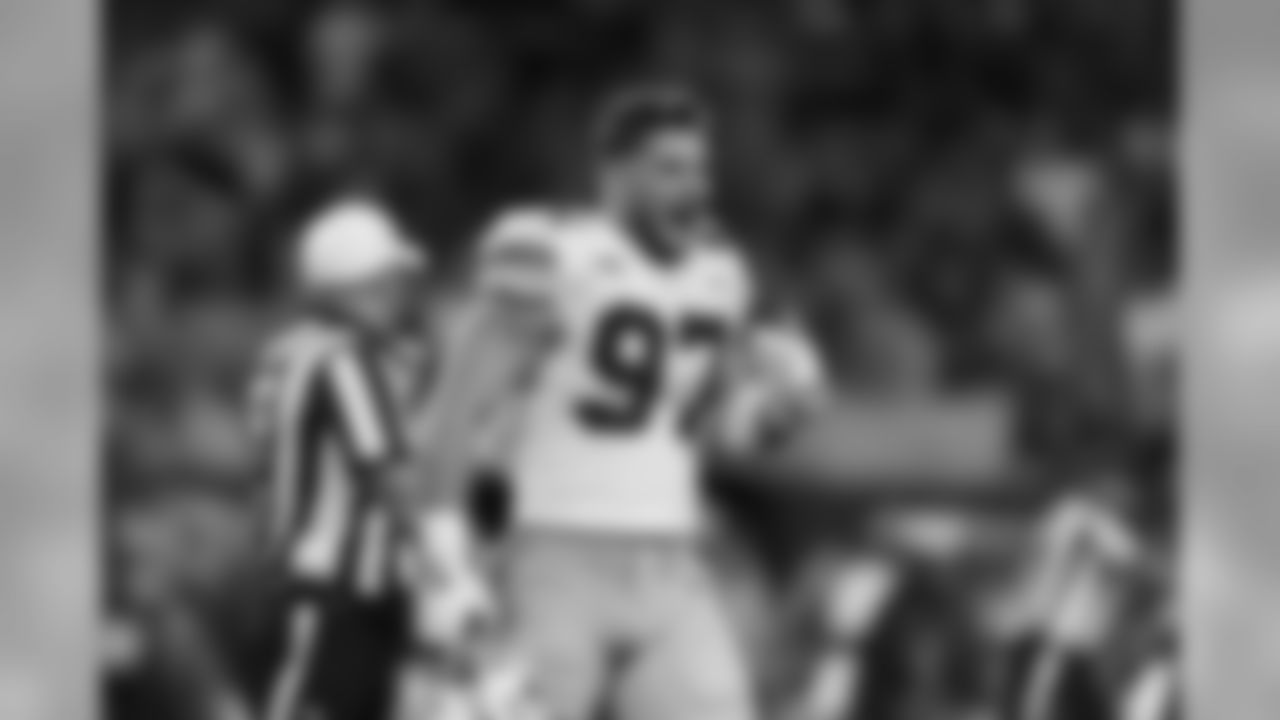
Edge Nick Bosa (AP Photo/Ryan Kang)

DT Quinnen Williams (AP Photo/Brynn Anderson)
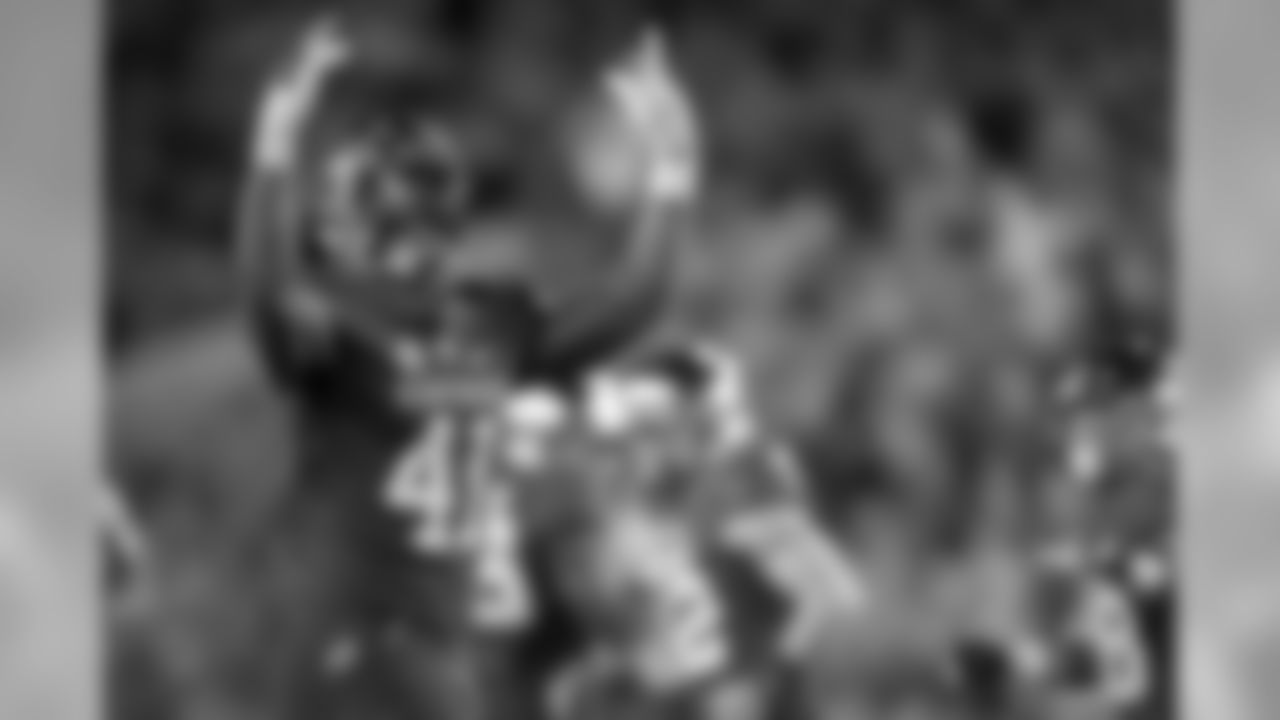
Edge Josh Allen (AP Photo/Bryan Woolston)

Edge Rashan Gary (AP Photo/Paul Sancya)

DT Jeffrey Simmons (AP Photo/Rogelio V. Solis)

RB Josh Jacobs (AP Photo/Wilfredo Lee)
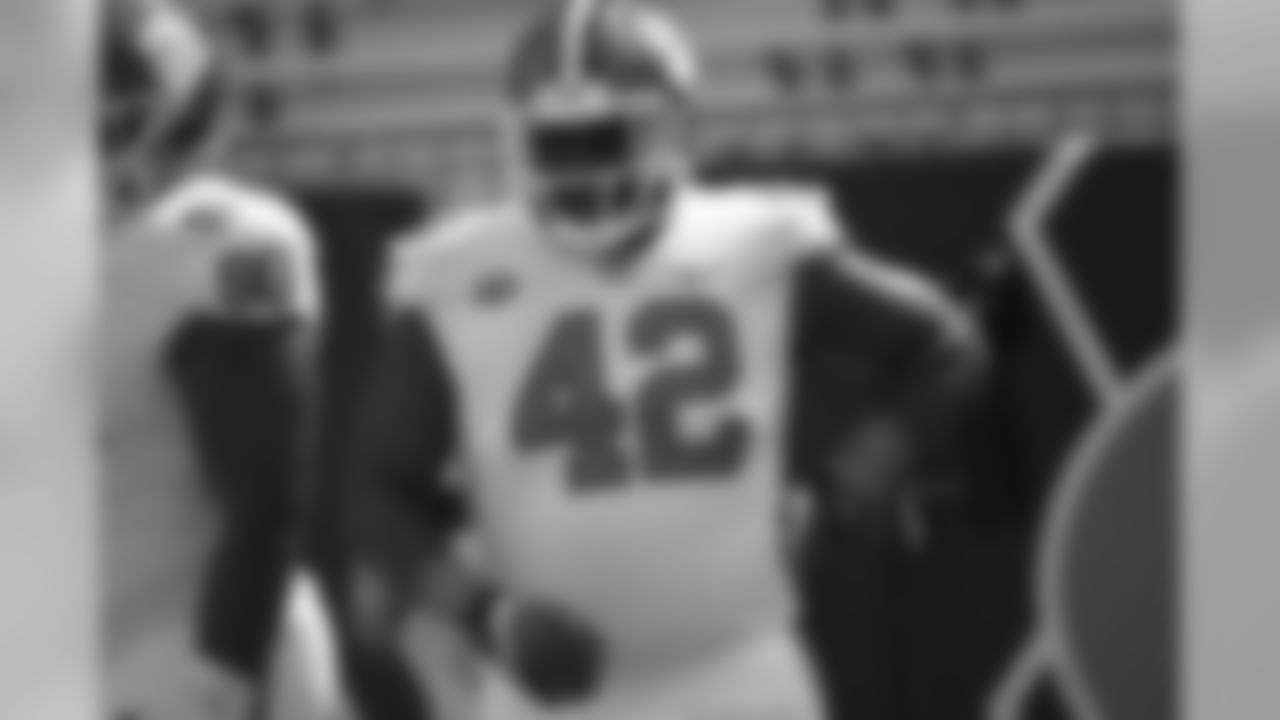
DT Christian Wilkins (AP Photo/Jon Barash)

DT Ed Oliver (AP Photo/Michael Wyke)

WR Marquise Brown (AP Photo/Alonzo Adams)

LB Devin White (AP Photo/Rusty Costanza)

WR D.K. Metcalf (AP Photo/Thomas Graning)

OT Andre Dillard (AP Photo/Young Kwak)
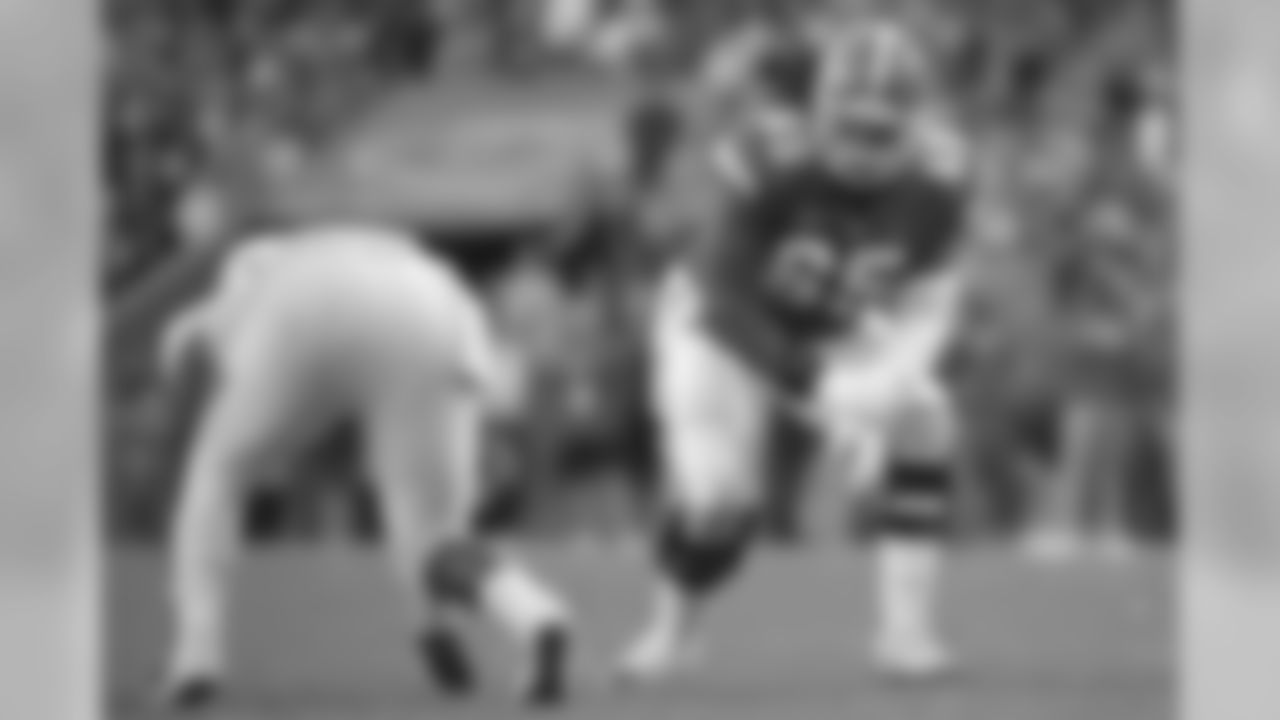
OT Jawaan Taylor (AP Photo/Phelan M. Ebenhack)

TE T.J. Hockenson (AP Photo/Doug McSchooler)

QB Dwayne Haskins (AP Photo/Jae C. Hong)

OL Jonah Williams (AP Photo/David J. Phillip)

LB Devin Bush (AP Photo/Paul Sancya)
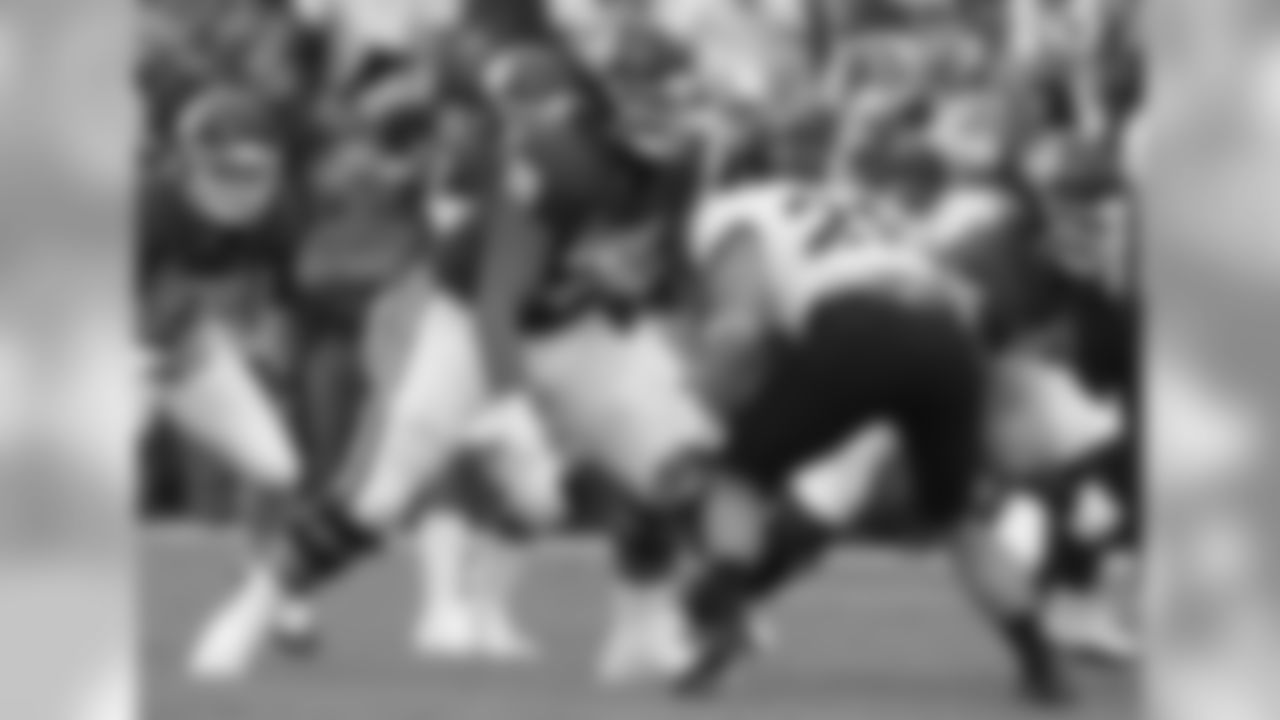
OT Cody Ford (AP Photo/Sue Ogrocki)

TE Irv Smith, Jr. (AP Photo/Butch Dill)

Edge Montez Sweat
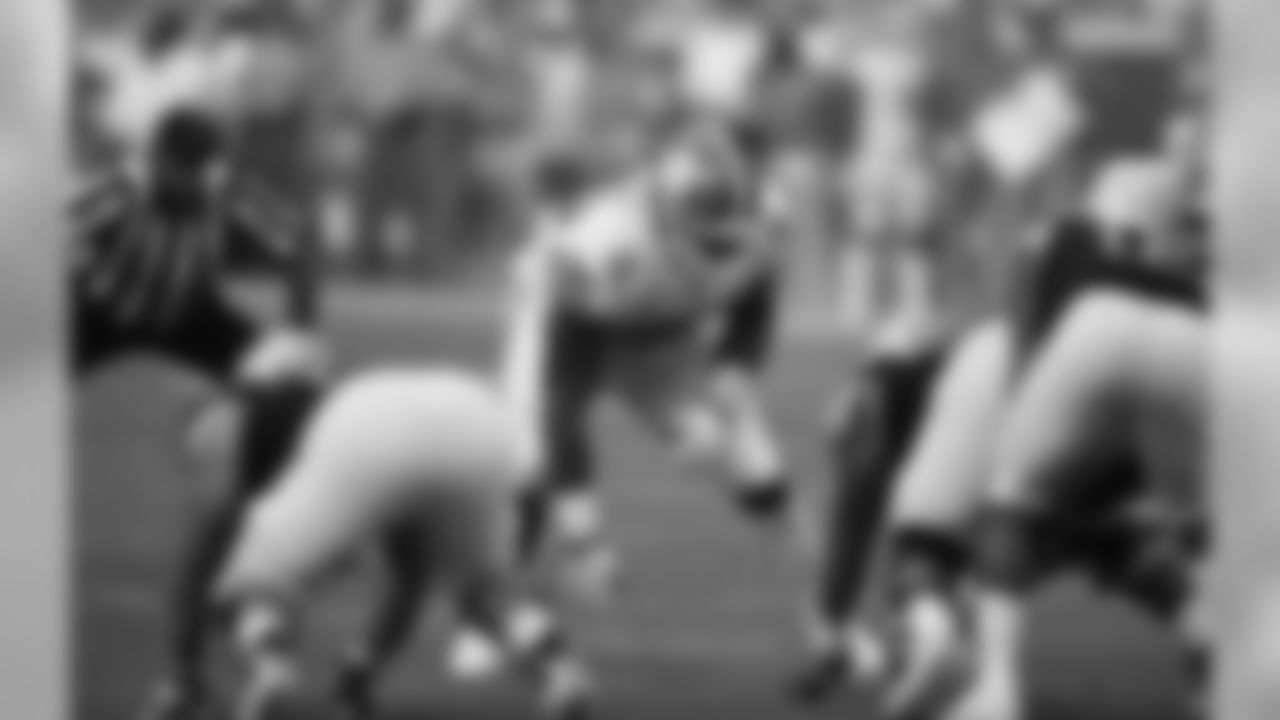
DT Dexter Lawrence (AP Photo/Mike Stewart)

Edge Clelin Ferrell
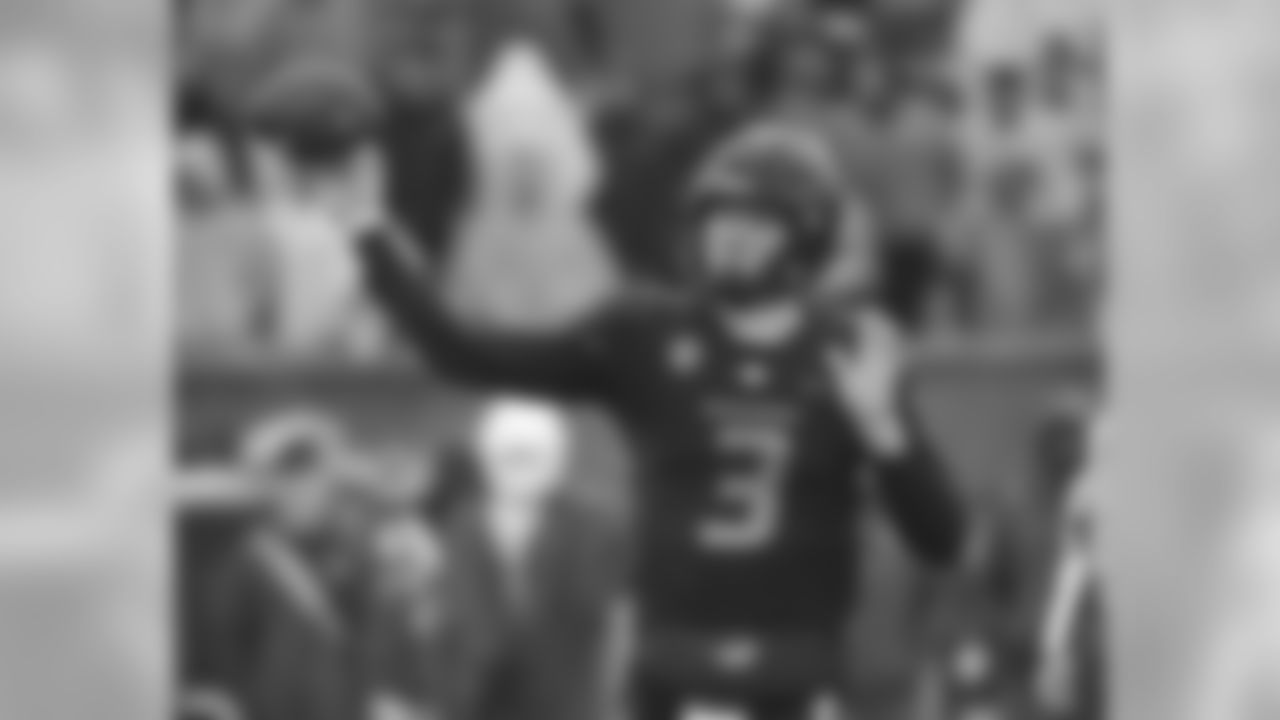
QB Drew Lock (AP Photo/L.G. Patterson)
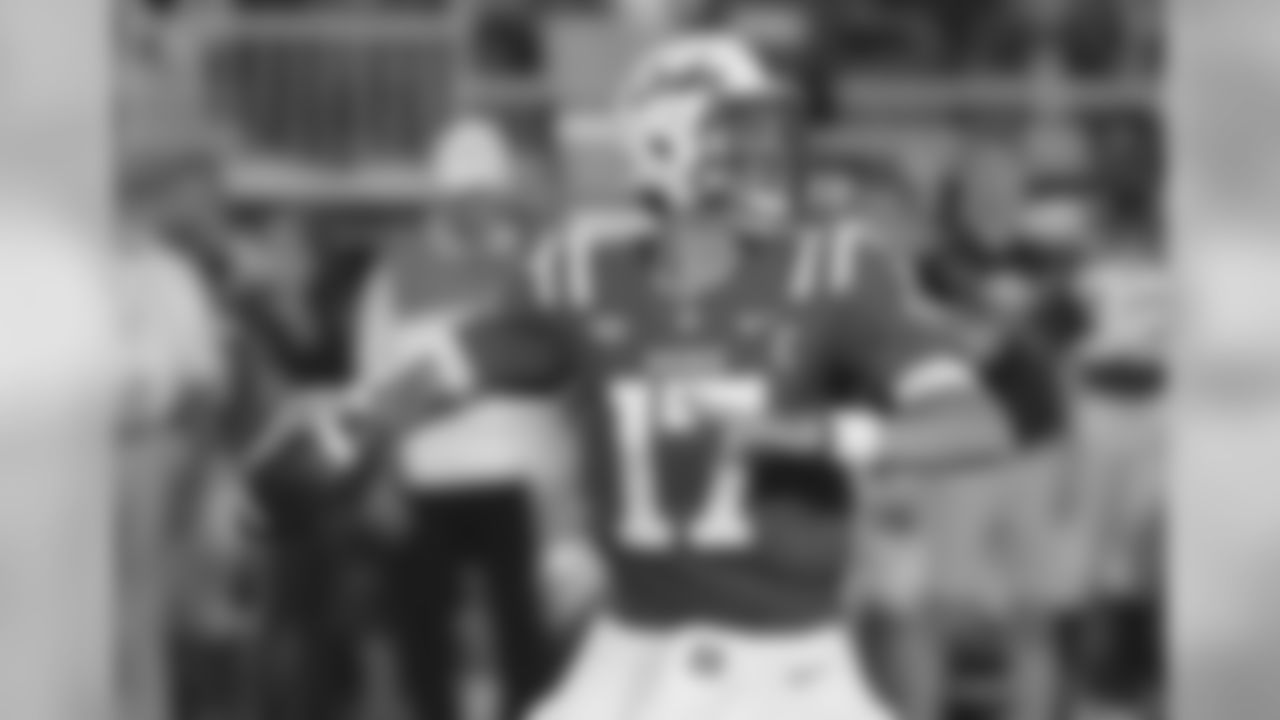
QB Daniel Jones (AP Photo/Gerry Broome)
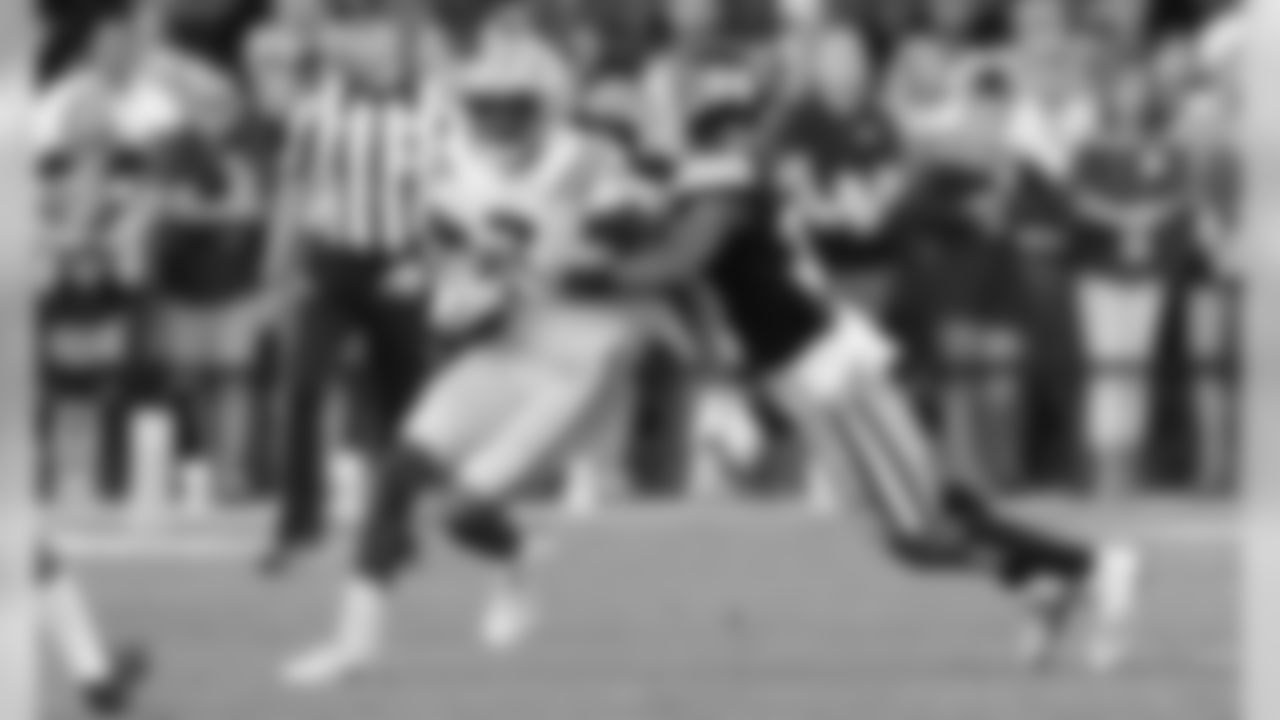
S Johnathan Abram (AP Photo/Rogelio V. Solis)
That's where the months of planning comes in, as Foster and his crew work with the likes of Indiana University Health, Lucas Oil Stadium and various hotels to keep operations running smoothly during the hundreds of examinations, interviews, test and workouts. The player interviews are an entertaining example. The players are housed at the Crowne Plaza, which was converted from and styled off of an old train station, fitting for the amount of people-moving involved. Each NFL team has its own conference room on the bottom floor, and every night players cycle through those rooms in 15-minute intervals marked by horn blasts.
Foster and his coworkers don't personally choose the 300 or so players who will take part in those interviews, but they are in charge of the process. It's a very successful process, as there are usually only about 30 or so players drafted, out of 256, who did not got to the Combine.
"Here's a selection committee that's comprised of different NFL teams and then the two major scouting services, our service and then BLESTO," said Foster. "All 32 teams are invited to partake in the initial player selection of the seniors. And then there's a smaller committee, with about 10 to 15 teams involved, that finalize the list as you go through the process."
As one would expect from any week-long event involving 300 guests, not to mention the thousands of extras on hand to either evaluate those guests or provide media coverage of that evaluation, there are occasional fires to put out. Last year, for instance, Alabama linebacker Reuben Foster, an eventual first-round draft pick, was sent home from Indianapolis after a disagreement with hospital officials. That kind of outcome is actually quite rare considering the number of people involved, and the youth of many of those people. That's thanks to the event's infrastructure; the players change every year but the player agents and team officials involved – and, of course, Foster's crew – know exactly what to expect. Foster says that the agents have increasingly done a good job of making sure the players know that they are on a very important job interview.
"What we've tried to do, from the beginning that I was here, was to educate all parties as to what the best practices are for each individual group," said Foster. "So what we've tried to do with everything we've developed, whether it was electronic medical record systems or online player registration, the new player-selection portals that the clubs use to select players, all of those pieces, we tried to educate those groups as we go. So each year it becomes a little easier, a little more efficient, and the operations are just a little more smooth.
"That being said, there are always issues. We've had issues with a couple players here or there the last couple years, but those are unique situations that you deal with when they come up. But for the most part, the players are certainly on their best behavior."
From a fan standpoint, the NFL Scouting Combine is most interesting when a wide receiver runs an insanely-fast 40-yard dash or a quarterback puts on a passing clinic during his workout. The event also draws countless soundbites from the players' interviews with the media, particularly when the most coveted prospects take to the podium. But the value in the Combine, now well into its fourth decade, is in the depth of the data it provides to NFL scouting departments.
Foster has been around the NFL long enough, and seen not just the Combine but every league event draw more and more attention through the years, that he knows the game would go on no matter how its scouting was conducted. With or without the Combine, teams would still get together to draft new talent every spring, and fans would still pay attention. But the annual pilgrimage to Indianapolis is here to stay because it just makes too much sense for everyone involved.
"They could certainly conduct the draft, and of course they would, without the Combine," said Foster. "The question is, could the clubs make as good of decisions about the players they select and where they select them without the magnitude and quality of medical data and interviews and that type of information that we collect?"






















